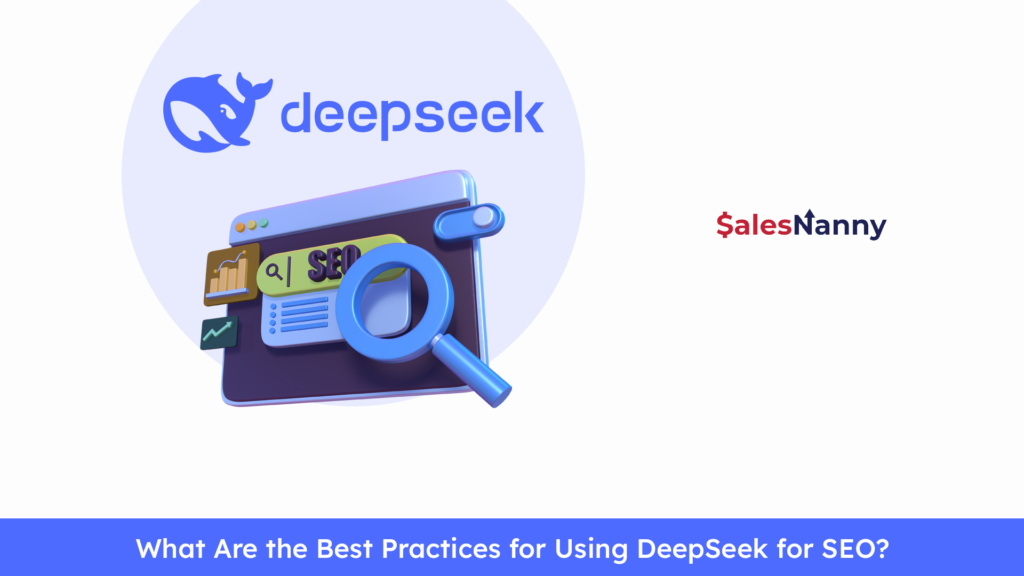What is Inside Sales?
Inside sales means selling any product or service remotely without face-to-face meetings through digital communication such as email, telephone calls, and video conferences. Therefore, inside sales promotes efficiency and scalability, but with more personalized customer interfaces than outside sales.
Why Inside Sales is Crucial in 2025?
Inside sales have now become the backbone for most revenue-generating businesses amid increasing digital transformation. The emerging work culture of remote settings, advancement in sales technologies, and a shift toward virtual engagement are making inside sales more relevant than ever. For most businesses, collaboration with an inside sales service provider is the game changer that can be used for this shift.
The Goal of Inside Sales
The bottom line of inside sales involves growing revenue by developing strong, sustained relationships with customers. This work ties together data-driven insights, creative tools, and strategic plans to engage with prospects, close deals, and more.
Top 10 Inside Sales Strategies for Your Revenue
Strategy 1: Leverage AI for Smarter Lead Scoring
Artificial Intelligence in Lead Scoring Artificial Intelligence is now capable of analyzing customer behavior, engagement history, and demographic data to generate high-quality leads. Predictive analytics enables a sales team to prioritize leads that are more likely to be converted.
Tools to Consider
- HubSpot CRM: Uses AI to score leads based on their likelihood of converting.
- Salesforce Einstein: Provides predictive lead scoring and detailed insights for better decision-making.
Strategy 2: Personalize Outreach with Data-Driven Insights
Today’s customers expect tailored experiences. Generic outreach no longer resonates, as personalized communication leads to higher engagement, trust, and conversions.
- Segmentation: Group leads based on demographics, behavior, or pain points.
- Tailored Messaging: Use CRM data to customize emails, pitches, and follow-ups.
For example, referencing a prospect’s industry challenges and offering specific solutions can significantly improve response rates.
Strategy 3: Embrace Video Selling for Stronger Connections
Video is the best tool that can be used to create rapport with the prospects; it uses visual and auditory elements together for a more personal and powerful connection.
- Product Demos: Show how your product solves specific challenges.
- Follow-Up Videos: Send personalized thank-you messages or recaps after meetings.
Strategy 4: Build a Seamless Omnichannel Sales Approach
Customers interact with brands on many channels—at least, it feels like that. These include email, social media, and phone calls. And so forth. An omnichannel approach ensures consistency of experience along the channel.
- Unified Messaging: Ensure your message aligns across all platforms.
- Track Interactions: Use tools like Zoho CRM to monitor and analyze customer engagement on different channels.
Strategy 5: Train Your Team with Real-Time Sales Enablement Tools
Sales enablement tools offer real-time guidance and resources to help the sales representative perform at their best. They ensure that your team is always updated with information and the right strategies during a client meeting.
- Showpad: Offers content management and training resources.
- Highspot: Provides real-time insights and collaboration features for sales teams.
Strategy 6: Automate Repetitive Tasks to Boost Productivity
Automating routine activities such as data entry, email follow-ups, and meeting scheduling frees up time for higher-value activities such as closing deals and building relationships with sales representatives.
- Zapier: Connects apps and automates workflows.
- Pipedrive: Streamlines pipeline management with automation features.
Strategy 7: Focus on Account-Based Selling for High-Value Clients
Account-based selling (ABS) involves specific, high-value account targeting with personalized strategies. It aligns sales and marketing teams to deliver bespoke solutions that resonate with each client’s unique needs.
- Identify Key Accounts: Use CRM data to pinpoint high-value opportunities.
- Custom Campaigns: Develop bespoke pitches, presentations, and content for targeted accounts.
Strategy 8: Use CRM Analytics to Refine Your Sales Funnel
Customer Relationship Management (CRM) software provides information into every part of the sales funnel. Data analysis for a sales team allows identification of bottlenecks and opportunities to make processes better and enhance the conversion rates.
- Track KPIs: Monitor metrics like lead-to-opportunity conversion rates.
- Optimize Campaigns: Use data to refine outreach strategies and improve ROI.
Strategy 9: Shorten Sales Cycles with Collaborative Tech
Shared platforms and real-time communication tools streamline the sales process, reducing delays and improving team efficiency.
- Slack: Facilitates quick internal communication.
- Trello: Helps track progress and manage tasks collaboratively.
Strategy 10: Prioritize Customer Retention for Long-Term Revenue
It is more expensive for businesses to acquire new customers than to retain existing customers. Customer retention can raise lifetime value and drive sustainable growth in revenue.
- Regular Check-Ins: Maintain open communication to address evolving needs.
- Loyalty Programs: Reward repeat customers with discounts or exclusive offers.
Conclusion
Inside sales in the future will thrive through adaptability, innovation, and customer-centricity. Introduce these tactics into your sales strategy to have better relationships, more successful deal closures, and sustainable growth.
Navigating the shifting sales landscape need not be done alone: partner with a professional inside sales service provider to streamline your work and expertly guide you on maximizing results. Now is your chance: overhaul your inside sales approach and get your business ready to succeed in 2025 and beyond.






